TIMBER ROT
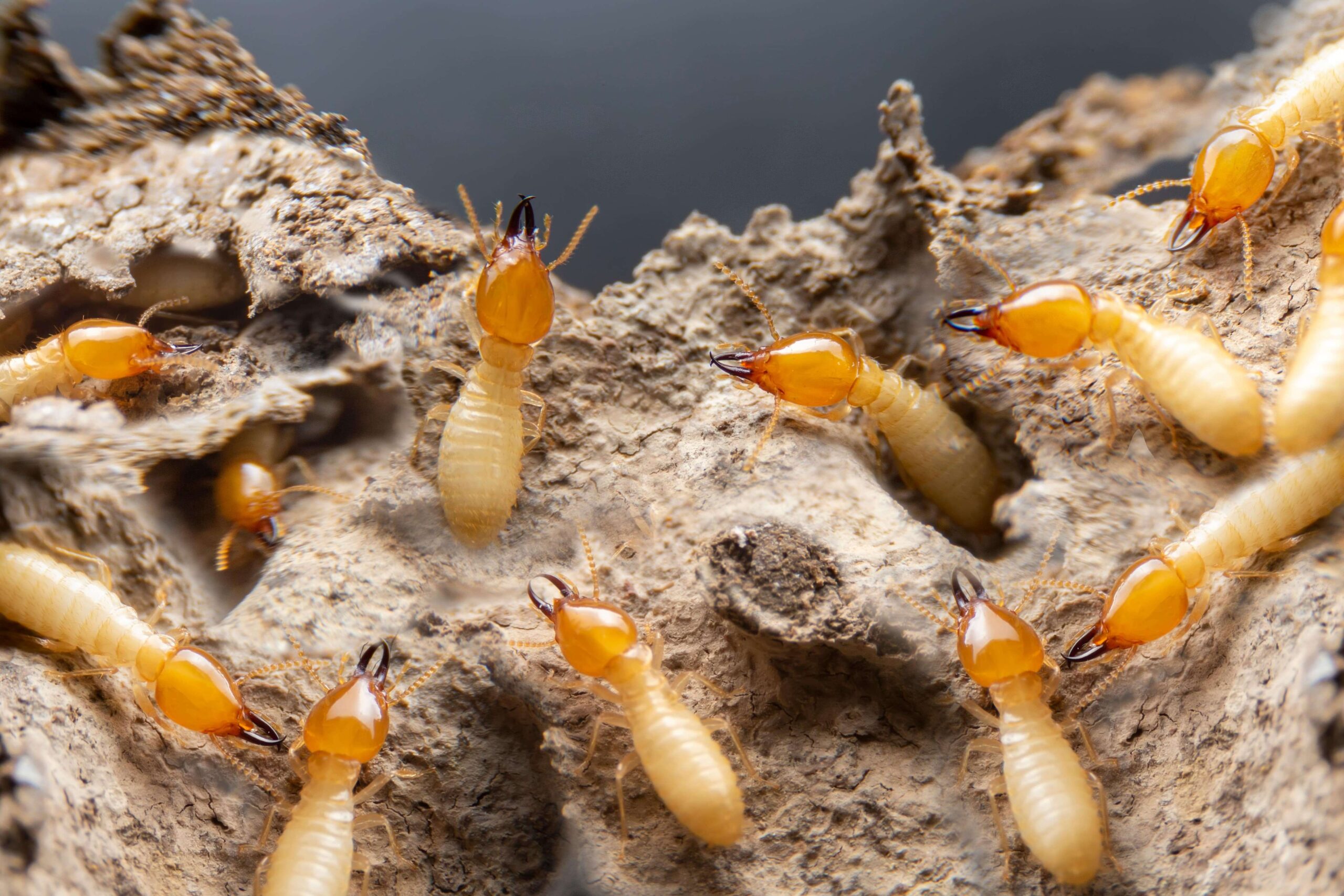 WHAT CAUSES TIMBER TO ROT?
WHAT CAUSES TIMBER TO ROT?
It can often be caused by woodworm. Woodworm refers to the larval stage of several wood boring insects whose populations flourish in timber. These adults lay their eggs on cracks and crevices in wood surfaces. After hatching, the larvae bore into the wood to feed on cellulose for many years before emerging as adult beetles that tunnel out of the wood.
The life cycle of a woodworm is as follows: unless it is found and eradicated, the woodworm will continue to tunnel through the timber, causing damage and weakening the structure. Tunnels and holes created by the woodworm make the timber more susceptible to decay.
There are two types of woodworms that are most common: the Common Furniture Beetle (Anobium punctatum) and Death Watch Beetle (Xestobium rufovillosum).
Some identifying characteristics of woodworm infestation are:
- NLook in the woodwork for small round holes
- NLook for "frass", a powdery dust around the holes
- NLook at the edges of the boards/joints to see if they are crumbling
- NAre beetles emerging from the holes?
- NAre there dead beetles around the house?
- NHave you discovered any woodworm larvae? It's usually egg and creamy-white coloured.
- NLook hard to see signs of tunnels or chambers
SOLUTIONS FOR WOODWORM
At London Damp Surveys, we know woodworm like the back of our hand. If you’re experiencing woodworm problems or think you might be, get in touch with us immediately and we’ll come to your property for a consultation and complete a survey. With years of experience under our belts, there’s no problem too big or small that we can’t identify. So don’t hesitate to give us a call on 0207 305 5997.
HOW DO YOU TREAT WOODWORM?
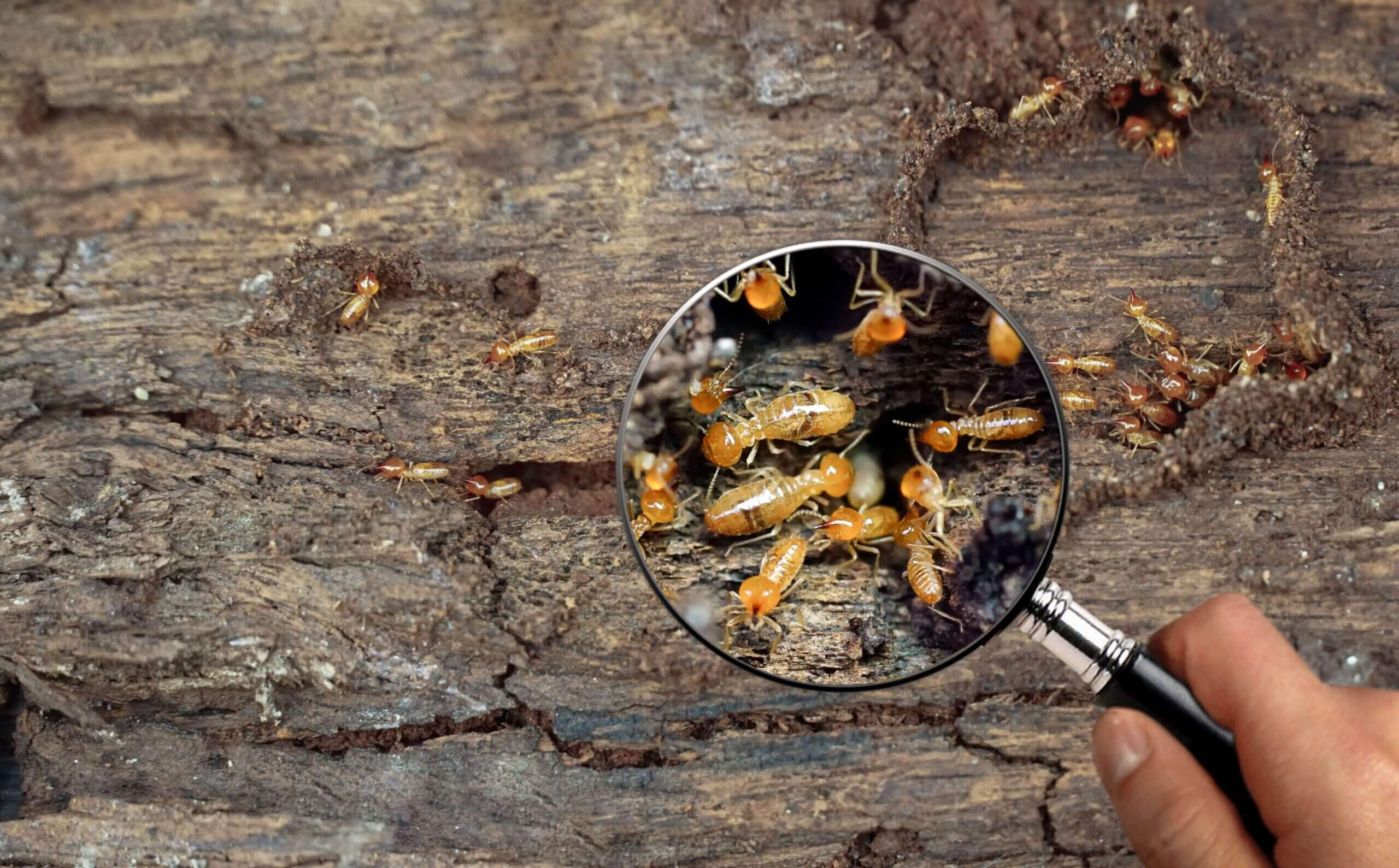 An infestation of woodworm is no match for our experienced and qualified team. Our advice on the latest techniques could rapidly determine if there is or is not an infestation. If we find evidence of woodworm, we will recommend treating all timber in your property against future infestations.
An infestation of woodworm is no match for our experienced and qualified team. Our advice on the latest techniques could rapidly determine if there is or is not an infestation. If we find evidence of woodworm, we will recommend treating all timber in your property against future infestations.
Although various chemicals can be used to achieve the removal and treatment of woodworm, we always advise the best quality and most effective water-based insecticide treatments to treat woodworm and kill the insects damaging your home. A big advantage of water-based insecticides is that the occupants can re-enter the treated property quickly (in just a few hours in some cases) after spraying.
Apply the woodworm treatment directly to any timbers that are infected or have eggs near the surface. It should only take about an hour for all of the spray to seep in and kill anything living on the surface or close to it. And don’t worry, any woodworms or eggs consuming untreated timbers from deep inside will eventually die too – though depending on their life cycle, this could be some time after you’ve applied the initial treatment.
To book a survey, call our experienced timber rotting team today on 0207 305 5997.
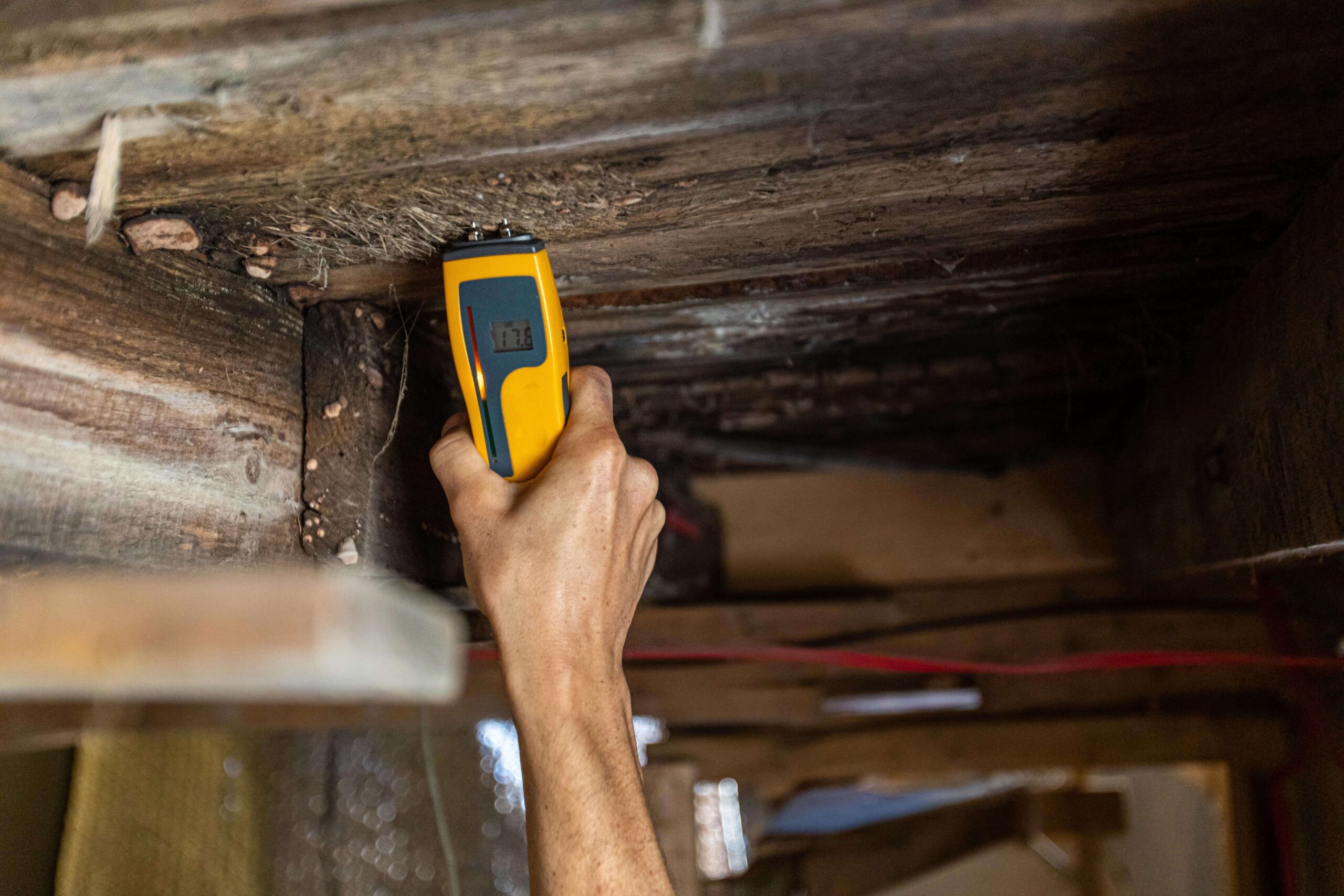
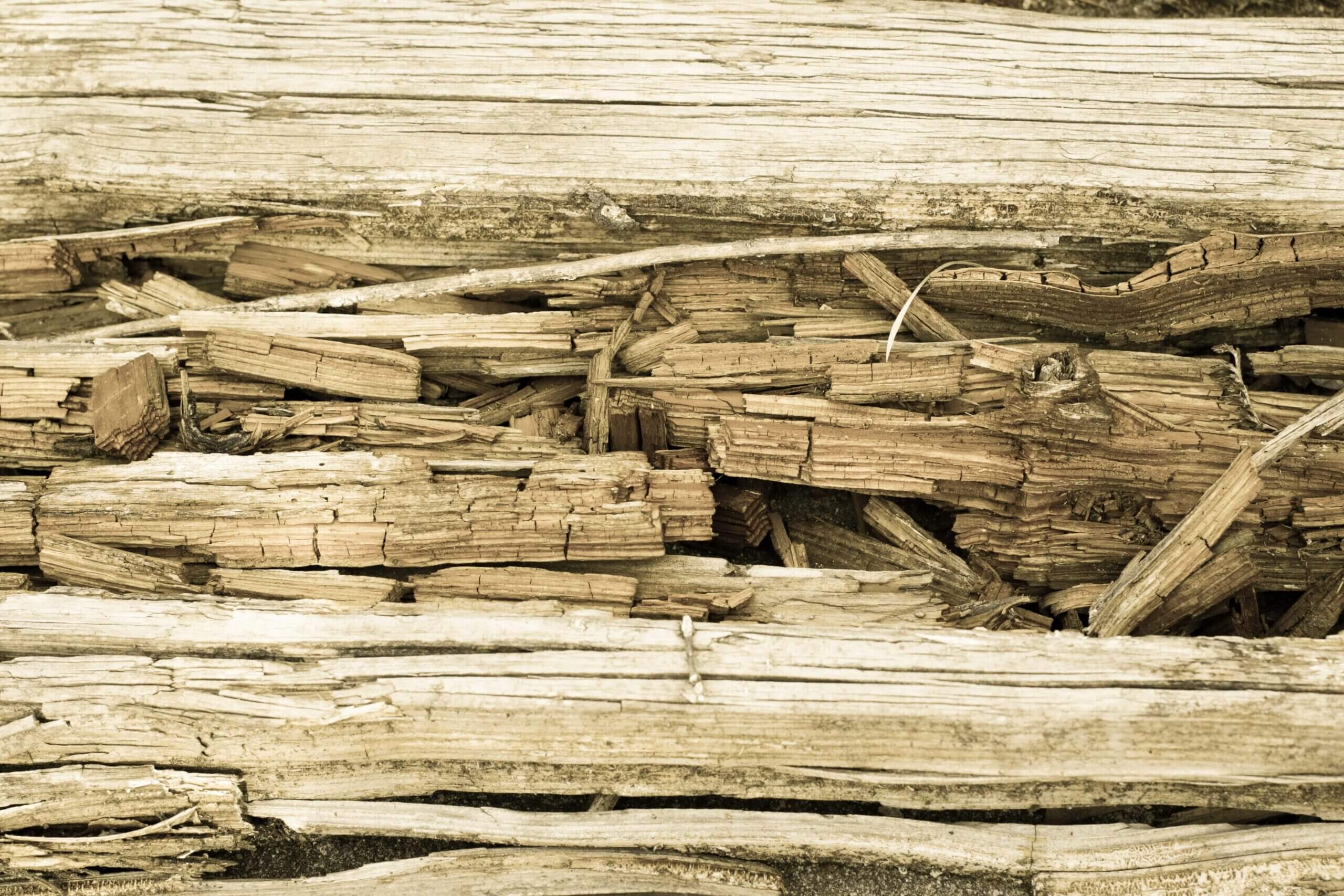
frequently asked questions
Can timber rot affect both hardwood and softwood?
Yes, timber rot can affect both hardwood and softwood. However, the susceptibility can vary depending on the type of wood and the conditions it is exposed to.
What are the signs and symptoms of timber rot in buildings?
Signs of timber rot include discolouration of the wood, a musty smell, soft or crumbly wood, and visible fungal growth. In advanced stages, the wood may become structurally unsound.
How does timber rot differ from other types of wood decay, such as termite damage or fungal infestation?
Timber rot is caused by fungi that break down the cellulose and lignin in wood, making it weak and brittle. Termite damage, on the other hand, is caused by these insects eating the wood. While both can cause structural damage, they have different causes and treatments.
What are the potential risks associated with living or working in a building with timber rot?
The primary risk of timber rot is potential structural instability, which can lead to safety issues. It can also lead to poor indoor air quality due to the presence of mould spores.
Can timber rot affect the stability and integrity of wooden structures?
Yes, if left untreated, timber rot can significantly weaken wooden structures, affecting their stability and integrity.
Can the presence of leaks or plumbing issues contribute to timber rot?
Yes, leaks or plumbing issues can contribute to timber rot by providing the moisture necessary for the fungi causing the rot to thrive.
Can the presence of insects or pests contribute to timber rot?
While insects or pests don’t directly cause timber rot, some insects like beetles can create holes and tunnels in the wood that allow moisture and fungi to penetrate, contributing to rot.
Can the type of wood treatment or finishing increase the chances of timber rot?
Absolutely, wood treatments and finishes can provide a degree of protection against timber rot by reducing the wood’s ability to absorb moisture.
Can timber rot be addressed without replacing the affected timber?
In some cases, if the rot is caught early and has not affected the structural integrity of the timber, it may be possible to treat the rot without replacing the timber. This typically involves removing the fungus and treating the area with a fungicide.
Can timber rot affect wooden windows or doors?
Yes, timber rot can affect any wooden elements of a building, including windows and doors.
Can timber rot be resolved without major renovations or structural repairs?
This depends on the extent of the rot. If it is caught early and confined to a small area, it may be possible to resolve it without major renovations. However, if the rot has compromised the structural integrity of the timber, more significant repairs may be needed.
Tools We Use
Our surveyors use state of the art equipment to detect moisture in a property:
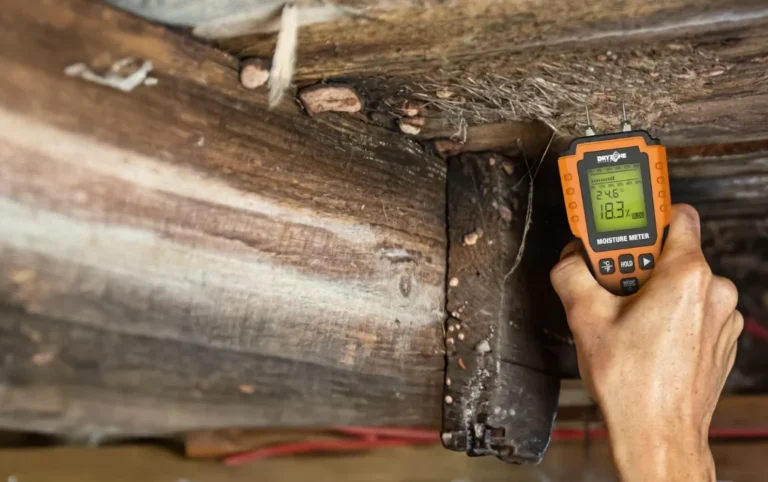
Damp meter
This device has multi-purpose use; it can identify problem areas, pinpoint sources of damp and monitor if areas are drying out over time. The meter can be calibrated for timber or plaster and there are two main types, namely pinned and pinless damp meters. The pins can be inserted into timber or mortar to accurately measure the moisture content within the material, while the pinless variety measures surface moisture.
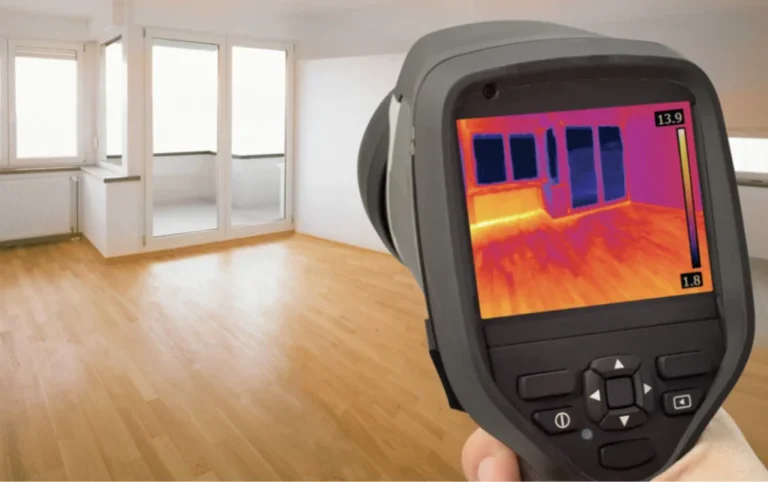
Thermal imager (Infrared camera)
This is a device that locates potential areas of damp on walls, ceilings and floors, visualising temperature differences on the surface of materials. Damp areas are typically cooler than dry areas and this shows on the screen; Thermal imagery is primarily used for masonry diagnosis and is an indispensable piece of equipment for a damp surveyor.
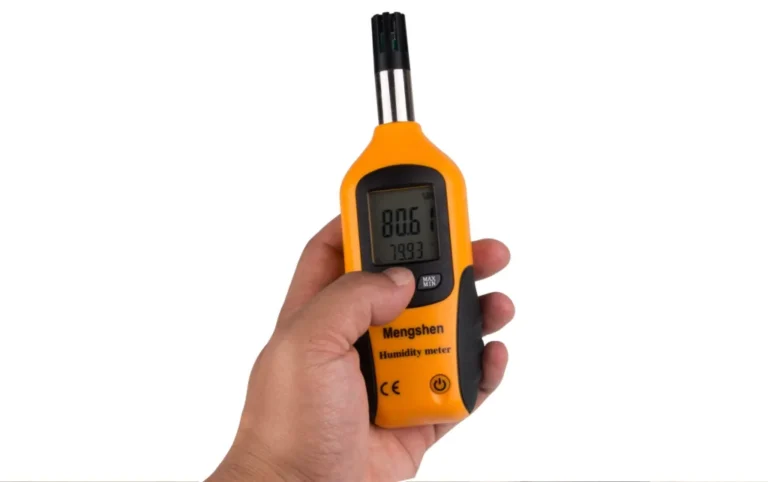
Humidity tester
A device to measure the level of humidity in the air; the handheld device is very accurate and helps the surveyor to get an overall assessment of the moisture content in the air. If the surveyor is looking for mould, measuring humidity will show if mould could grow in that area. An integral device and one of the first tests to be carried out.
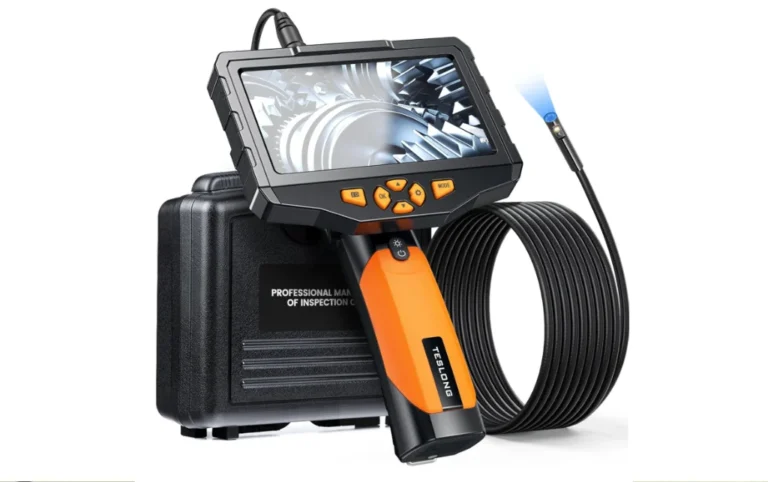
Borescope camera
This type of camera is very useful for looking at hard-to-reach places, such as wall cavities, under floors and to determine the wall structure in some building types. Also known as a pin hole camera, this device can detect leaks and is used on every survey to get a close-up of targeted areas and the surveyor can investigate an area with hi-res imagery.

Drone imagery
Used to inspect the exterior of a building, state-of-the-art drones bring hi-res close ups of the roof, guttering and upper walls, while it enables the surveyor to check for missing roof shingles. This saves time, which is a win-win for everyone and any issues can be investigated further. Every damp survey would include scanning the exterior with a drone, looking for defects and signs of damp, zooming in when necessary.
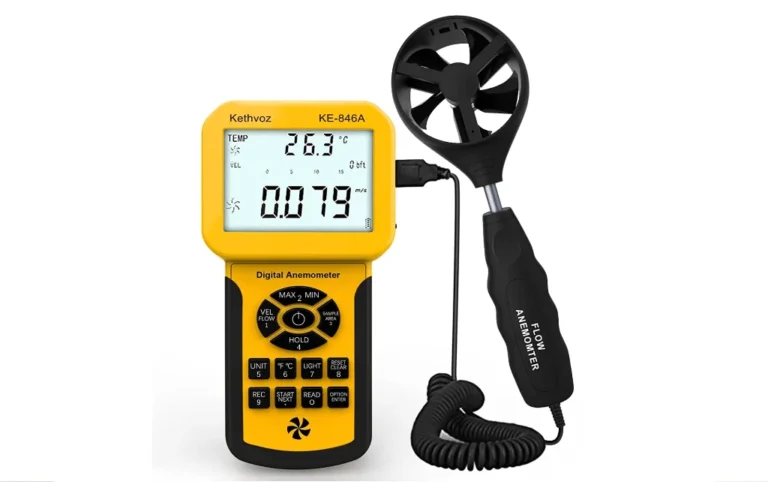
Ventilation airflow test
Ventilation is essential to reduce the moisture in the air and to determine the degree of airflow, the surveyor has a range of devices in their arsenal. Mould and mildew thrive in still, humid conditions and by generating an airflow, you can dry out the air, which helps to prevent dangerous fungi forming.
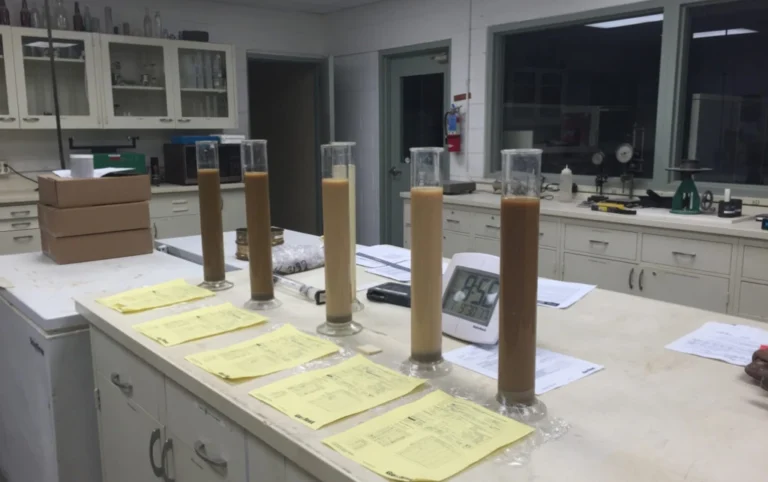
Lab analysis of plaster
An additional service of plaster lab analysis is available, with up to 10 plaster samples tested to prove moisture source. This is an accurate way to assess moisture in walls, with lab analysis of the samples.
Damp Survey Costs
We have three levels of Damp Survey as well as an extra lab analysis of affected plaster. You can choose from:
Level 1 Survey: £199 + VAT
This survey includes an inspection of all interior and exterior walls and floors for signs of dampness and leaks.
Level 2 Survey: £299 + VAT
This includes everything from Level 1, plus an examination of all wood structures and loft timbers for wood rot and woodworm.
Level 3 Survey: £399 + VAT
This survey includes the same checks as Level 2, with the addition of thermal imaging, air humidity testing, borescope camera, drone imagery and ventilation flow test.
